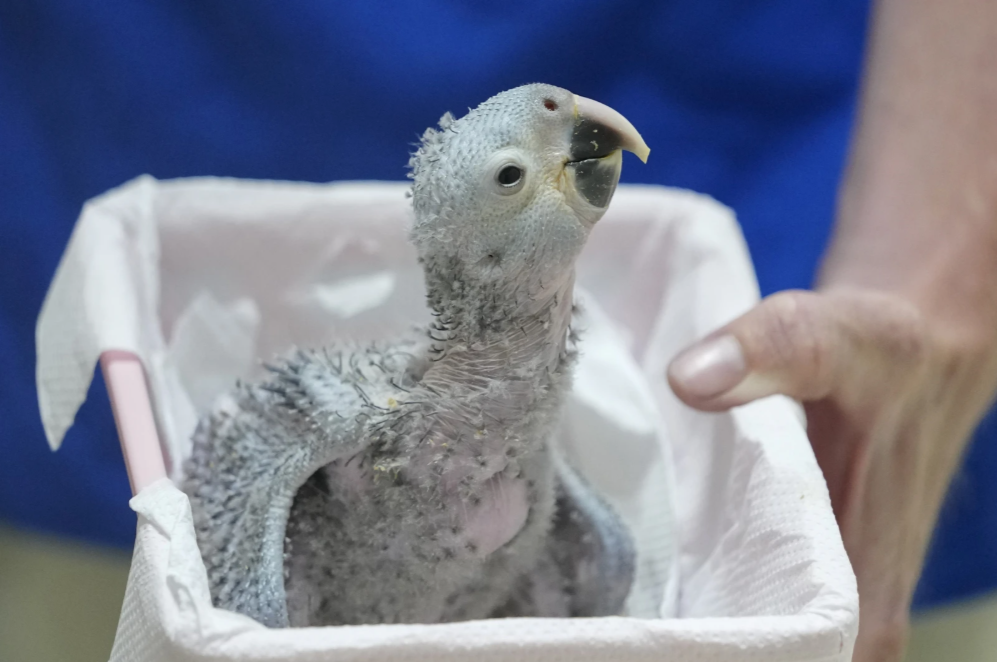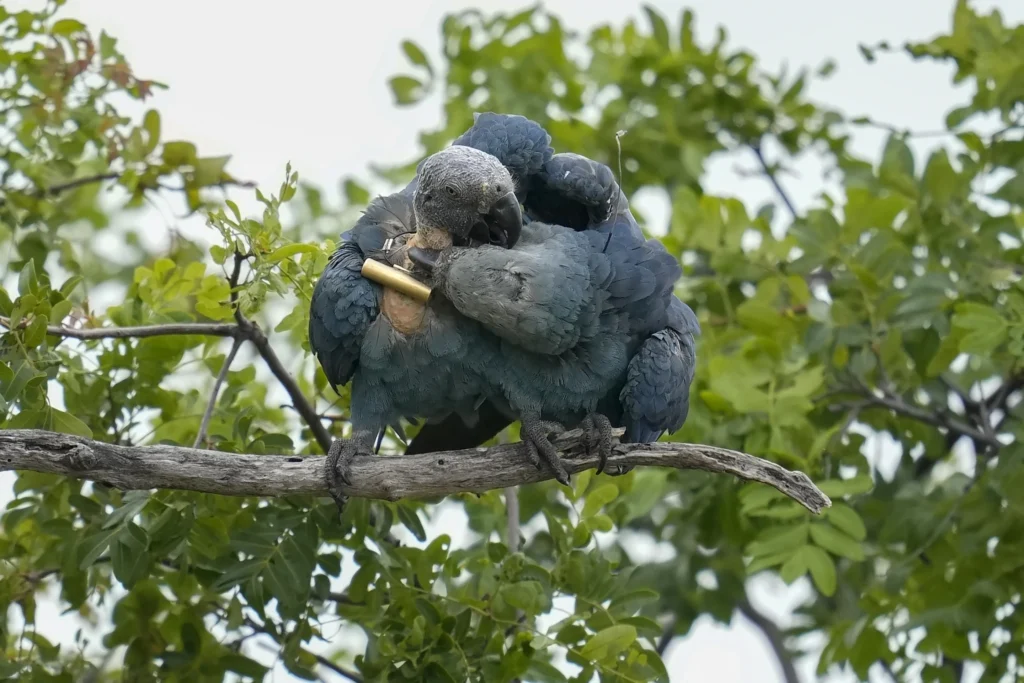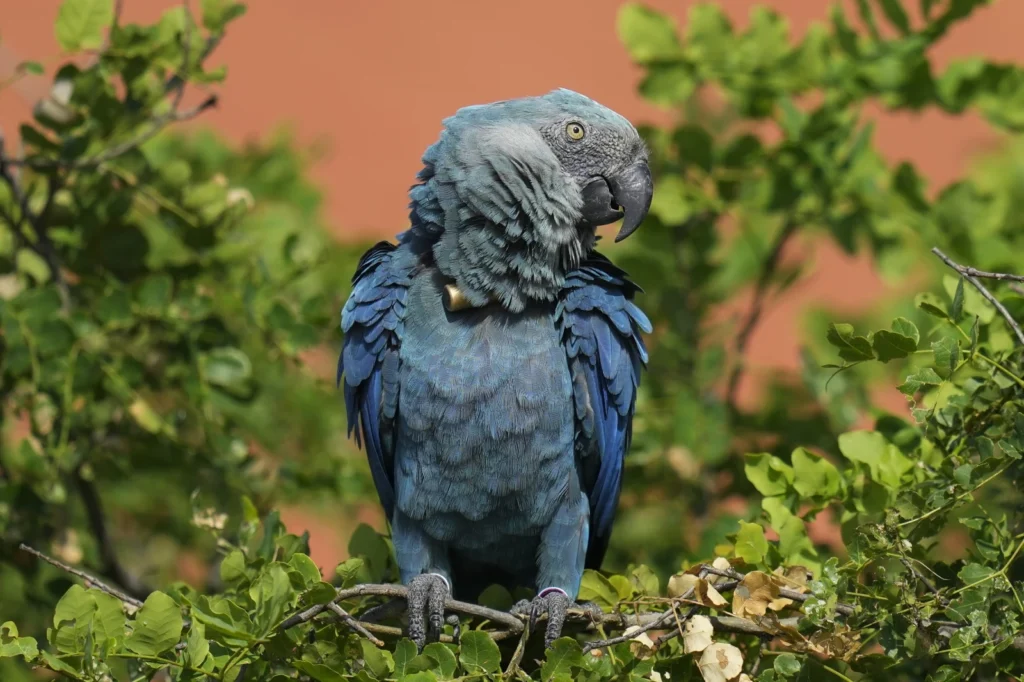Remember the heartwarming animated film Rio, where a shy Spix’s Macaw named Blu journeys to Rio de Janeiro to save his species? The movie’s poignant premise was built on a heartbreaking reality: the Spix’s Macaw was declared extinct in the wild. For years, these stunning blue birds existed only in captivity, their native Brazilian skies silent of their calls.
But today, we are witnessing a conservation story more thrilling than any Hollywood plot. The real-life Blu and Jewel are coming home.

The Comeback of a Legend: Spix’s Macaw Soars Again
In a landmark effort that reads like a dream, Brazil has embarked on an ambitious reintroduction program. In 2022, the script of extinction was flipped on its head when approximately 20 captive-bred Spix’s Macaws were released into their native Caatinga dry forests. These pioneers, many fitted with radio collars, are now being closely monitored as they rediscover their wild inheritance.
The work is painstaking. Conservationists are not just releasing birds; they are restoring entire ecosystems. Teams are actively planting the trees the macaws depend on, teaching captive-bred individuals how to forage for native foods, and helping them adapt to the challenges of the wild. While threats like habitat loss and a changing climate remain, each day these birds survive is a victory.
A Symphony of Blue: More Macaws Reclaim the Skies
The incredible wave of returning macaws doesn’t stop with the Spix’s. Across Brazil, other iconic species are making a triumphant return, creating a symphony of blue wings where there was once silence.
- Lear’s Macaw: Also calling the unique Caatinga biome home, the Lear’s Macaw was pushed to the brink by poaching and deforestation. Thanks to international breeding programs, including crucial work by the Loro Parque Fundación, these macaws are being reintroduced. The ultimate sign of success? Reintroduced pairs are now successfully raising wild-born chicks—proof that these birds aren’t just surviving; they’re thriving and building a new wild generation.
- Blue-and-Yellow Macaw: The comeback is even reaching major urban centers. In Rio de Janeiro’s Tijuca National Park, the raucous calls of the Blue-and-Yellow Macaw are echoing for the first time in over 200 years! Using special acclimatization enclosures, birds are being carefully prepared for life in the wild. Meanwhile, in São Paulo state, another group has been released after intensive “free flight” training, returning to skies they haven’t graced for half a century.

Why This Is a Game-Changer for Our Planet
This isn’t just about the return of beautiful birds. It’s about healing entire ecosystems.
- Nature’s Gardeners: Macaws are master seed dispersers. As they fly and feed, they plant the forests of the future, leading to greater forest regeneration and a more resilient ecosystem for countless other species.
- Restoring Lost Heritage: The return of these iconic birds is like restoring a masterpiece to a plundered gallery. It’s a recovery of natural and cultural heritage that was lost to human impact.
- A Blueprint for Hope: These successful reintroductions are living proof that the formula of captive breeding + habitat restoration + community involvement can work. They provide a desperately needed blueprint for reversing biodiversity loss worldwide.

The Challenges on the Horizon
The path to recovery is not without its obstacles. Not every released bird will survive predation or the challenges of a wild existence. The Caatinga itself is becoming more arid due to climate change, and ongoing habitat loss requires constant vigilance. Long-term success hinges on stable environmental policies, continued funding, and the crucial support of local communities to protect these magnificent birds from illegal trade.
But the message is clear: hope has wings. The dedication of countless scientists, conservationists, and communities is turning the tide. The next time you think of Rio, remember that the fictional story of Blu and Jewel is now a real-life drama of resilience unfolding in the skies of Brazil. The comeback is on, and it’s a story we can all help write by supporting conservation efforts.
Stay tuned, wildlife enthusiasts. The greatest show on Earth is the one we’re helping to restore.







